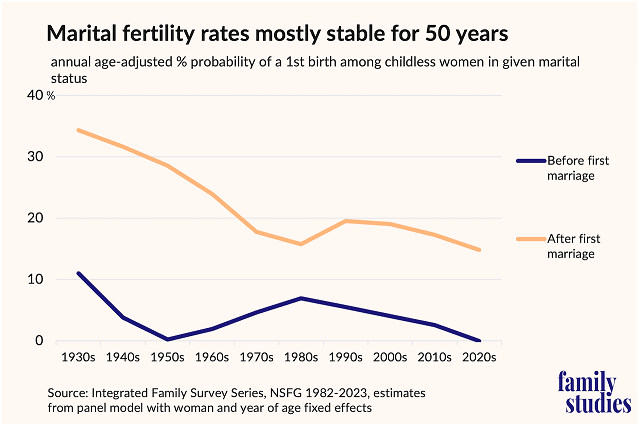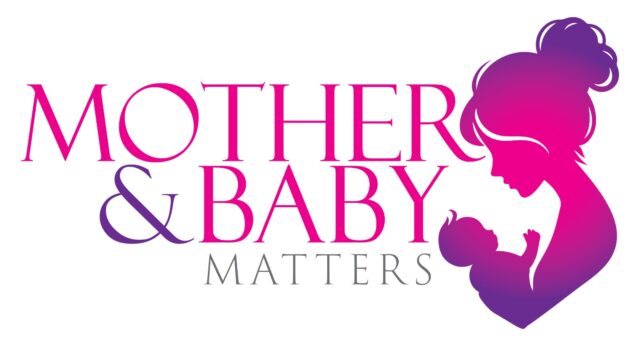With global fertility rates declining, many governments and commentators are seeking explanations and solutions. A recent Financial Times article, citing research from the Institute for Family Studies (IFS), highlights a key factor: falling marriage rates. Contrary to popular belief, nonmarital childbearing is not increasing significantly, and marriage remains a strong predictor of fertility worldwide.
The Importance of Marriage in Fertility Trends
Recent data from the U.S. National Survey of Family Growth (NSFG) reinforces the crucial role of marriage in fertility. The newly released 2022-23 survey allows researchers to analyze whether childless individuals had their first birth before or after marriage.

Focusing on first births is critical, as the primary driver of fertility decline in the past two decades has been increasing childlessness. Historical trends indicate a sharp decline in marital first-birth rates between the 1930s and 1970s, while nonmarital fertility rates initially declined before rising from the 1950s to the 1980s. By the 1990s, however, unmarried women became less likely to have a first birth, while marital first-birth rates rebounded.
Current Trends: Marriage and First Birth Rates
The latest NSFG data reveals a stark contrast: unmarried women in the 2020s have a very low probability of having a first birth, whereas married women without children have about a 15% chance of having a child within a year, with variations by age. Despite survey responses downplaying marriage’s role in childbearing, behavior suggests otherwise—most people still prefer to be married before having children and delay pregnancy until they have a spouse.
Declining Marriage as the Primary Driver of Fertility Decline
Data from the American Community Survey (ACS) between 2001 and 2023 further confirms that declining marriage rates explain the bulk of falling fertility. Three fertility trajectories were analyzed:
- The total fertility rate (TFR) as measured by ACS.
- A scenario where marital fertility rates remained at 2007 levels.
- A scenario where age-specific marriage rates stayed at 2007 levels.
Photo source: Family Study
Findings indicate that if marital fertility rates had remained constant, overall fertility would be even lower today. However, if marriage rates had stayed at 2007 levels, fertility would be 12% higher—essentially at replacement level. A striking 75% of the fertility decline since 2007 is due to decreasing marriage rates, rather than changes in the behaviour of married couples.
Policy Implications: Addressing Declining Marriage Rates
The data suggests that married couples continue to have children at rates similar to past generations. Therefore, declining fertility is primarily a consequence of fewer people marrying, not a decline in childbearing among married couples.
While supporting couples in achieving their desired family sizes is important, policymakers must also focus on promoting marriage itself. Strengthening economic and social opportunities for young people to form stable marriages could be a pivotal solution. A robust pro-marriage agenda—offering better economic security, relationship support, and incentives for family formation—could help reverse fertility declines and support future generations.
Marriage remains a critical determinant of fertility trends worldwide. The decline in marriage rates accounts for the majority of the drop in fertility, underscoring the need for policies that encourage and support stable family formation. Addressing this issue holistically—by fostering both economic stability and social incentives for marriage—will be essential for ensuring sustainable population growth and family well-being in the years ahead.





